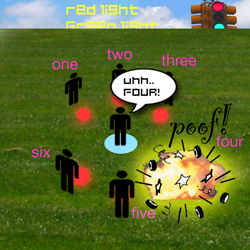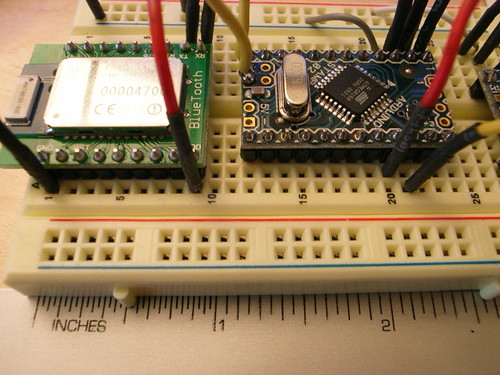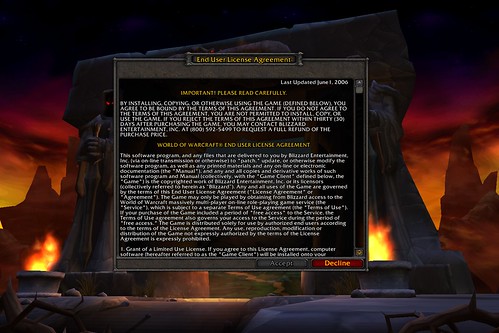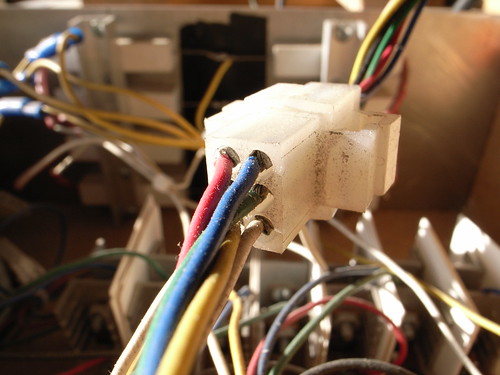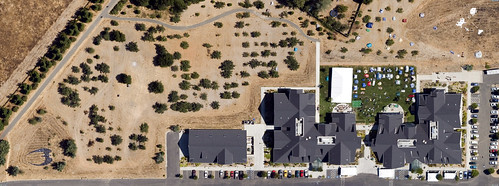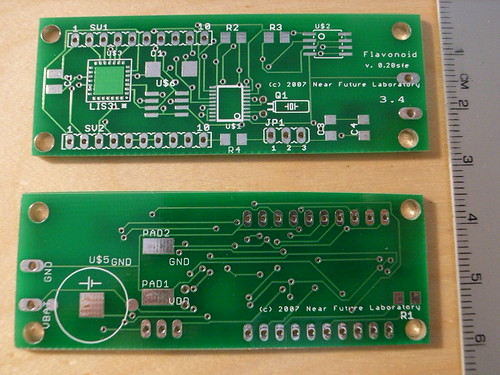These are some images documenting one of the first Flavonoid prototype designs. During this process, I was learning how to turn the schematic design for the project — the “logical” description that shows circuit connections and components — into materialized printed circuit boards. As part of that process, I sent the PCB designs to two different board manufacturers, a process I document here. The boards are named v.01 and v.02sfe to designate the two places I sent the boards. Both are the same design. The designs were also ones wwhere I didn’t want too much happening, or too much to inevitably debug on one board. So, I left the microcontroller off. In essence, these are “dumb” boards — they require a microcontroller to be connected to them to do anything useful. In subsequent versions, I was less timid and put everything on one small board, as it should be. What this board does, and why it’s here in this post, is record time, physical motion and touch using a DS1306 real-time clock, an LIS3LV02DQ 3-axis accelerometer, and a QT113 capacitive touch sensor.
There must be a balance between instant (messaging, downloads) and slow (mail, reflection) time scales. Or between largely sedentary digital activities (heads-down, screen-lock, sofa gaming) and embodied kinesthetic activities, like the things we do to “get away” from the screen — walk, sport, stretch. Or between mediated contact and physical touch?
It might be interesting to consider time, motion and touch as idioms whose characteristics should not be mitigated against, at least for the purpose of reflecting upon what digital life would be like if we operated in a middle ground between eliminating time delays, for instance, and having some playful or meaningful interaction with time above the sub-minute scale. (For instance, electronic games in which playing longer gains points.)
What would a world be like if things weren’t quite “instant”, but used elongated time as an interaction element? How could our own physical motion create a mechanical interface between the physical and digital worlds — beyond mouse movements or finger twitches and closer to Wii-gestures? What are the ways in which time, motion and touch be used to create a meaningful bridge between 1st life (physical) and 2nd life (digital)?
I started designing and building these sensors devices to simultaneously accumulate time, motion and touch to experiment with ways in which these idioms might be used to express some sort of online, digital, 2nd life activity.
I’ve called them “Flavonoid”, mostly because I liked the way the word sounds and its fun to hear people say it in a questioning way. They’re designed to be small, something that you carry with you all the time, like a cell phone or such. The firmware being created stretches out the dimensions of time, motion and touch so they deliberately “slow” down any accumulation of data — they won’t be “expressive” (have effects) for quickly-done activity. Time is not quick, but ponderous, relatively speaking, so that hour have meaning, but seconds can’t be measured. They’re positively glacial objects in the era of instant messaging, digital switches and network data caches.
And these three semantic idioms — time, motion, touch — work together, not separately. More expressive outputs come from these three idioms when they are integrated together. Time alone (without touch or movement) means something different than time with the object near one’s body. Motion for a brief time, alone, means barely anything, whereas sustained motion while holding the object or having it in one’s pack, has richer semantics.
The interaction semantics I’m angling at is this idea of creating an application syntax based on establishing a sense of Durable Affinity between a person, a lively designed object, and the expression in a digital, online form that these two can create through time, motion and touch based activity.
At the next level of design, they won’t look like they need a Homeland Security clearance certificate.
Why do I blog this?
To start figuring out why I’m spending so much time building these sensor amalgams devices.
Just A Few Related Things
Ross O’Shea’s G-Link
SLOWMail
Nintendo Wii
Teku Teku Angel
Piedimonsterz
Control Freaks
Flavonoid, 1st Prototype (submitted for consideration in C5 Corporation’s “Quest for Success” competition at ISEA 2006, San Jose.)
My Own Notes
Flavonoid Research Wiki Page (1st, 2nd, 3rd prototypes)
An API For Durable Affinity
Notes on Motion Sensing
Pocket Sakura
Notes on Pedometry
“Viewmaster” of the Future
Vis-a-Vis Games
Flavonoid Related
Technorati Tags: blogjects, computer-human interaction, pervasive electronic games, sensors
